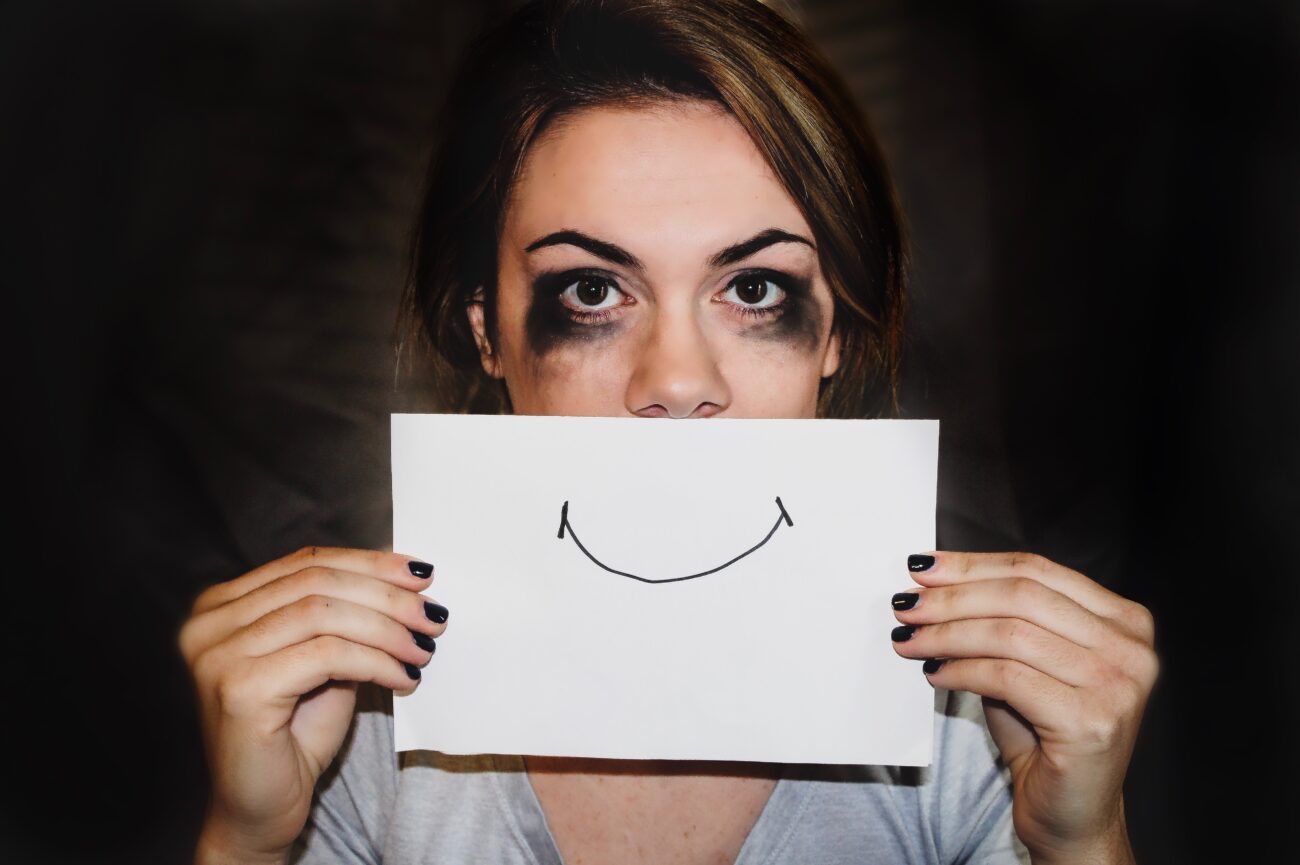Exposing directly and showing vulnerability is no longer something to hide, coupled with the many online services supporting Mental Health.
In the following lines, you may come across:
- No empathy towards Mental Health;
- No exploration of how important it is to pay attention not only to our physical health but also to our mental well-being;
- No focus on viral Mental Health events involving celebrities (Simone Biles and her “twisties,” Mardy Fish and the historic match against Federer, etc.);
- A list of 10 digital world facts will be presented, demonstrating how the fear of addressing certain issues, exposing oneself, and showing vulnerability is gradually diminishing, and how services supporting Mental Health are on the rise.
1 – TikTok Outing
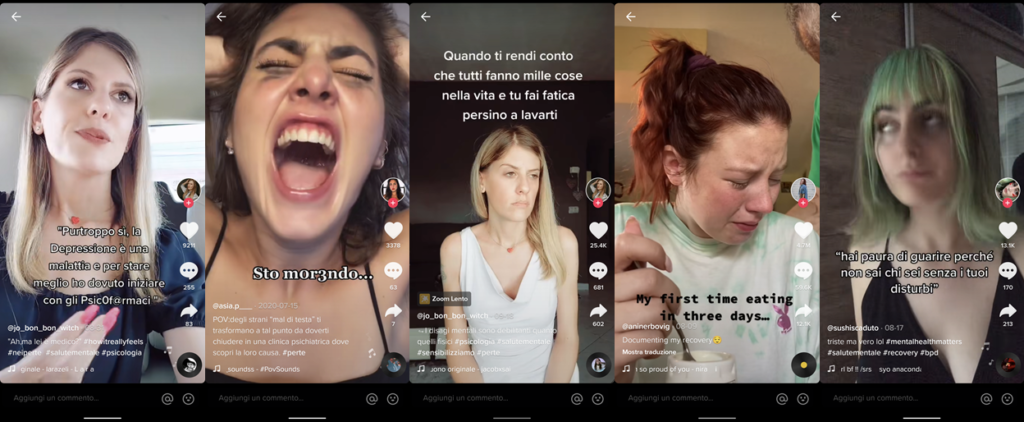
Let’s start with TikTok. By now, after years, we know it’s not just about dances anymore, and the new generations use videos and TikTok as a platform to open up.
They share and tell us about their problems; how they deal with depression day by day, discussions about eating disorders, or the details of their day in a psychiatric clinic.
This brings us closer to understanding their world and the daily lives of those experiencing these conditions, also serving as encouragement for people in similar situations seeking inspiration to begin a new journey.
2- “#martedì delle parole” on Instagram

Another example on a social platform with more traditional boundaries is the “Tuesday of Words” by psychotherapist Stefania Andreoli. Every week, an open question box that covers broad topics, sparking engaging debates and social sharing.
3- Mental Health Chatbot
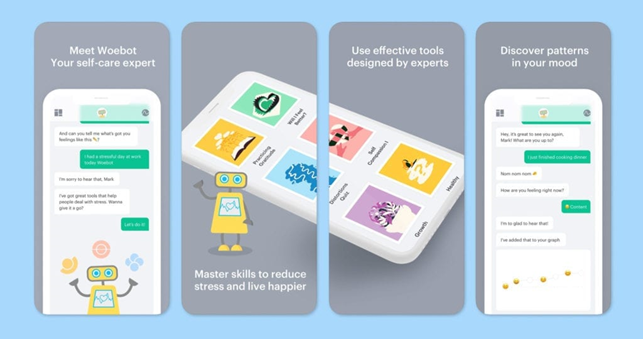
A study has demonstrated that the chatbot WoeBot establishes a connection with the patient similar to a human one, resulting in positive outcomes for mental health.
4- Mental Health Telemedicine
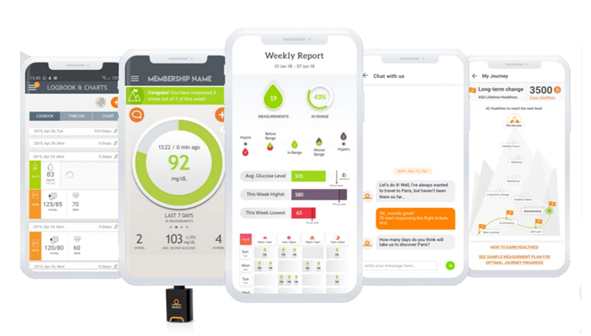
A sensitive topic like mental health often requires a degree of human contact and empathy, which is typically associated with physical presence.
However, both the COVID-19 emergency and the period before it have shown us that assistance can also be provided through a phone call or a video call.
Examples in Italy include Unobravo, Glipsicologionline, or the psychotherapy services of Sant’Agostino or MioDottore.
Looking abroad, the three largest digital assistance platforms have all integrated mental health services: Omada Health, Dario Health, and Livongo.
5- Investments in digital mental health solutions are on the rise.
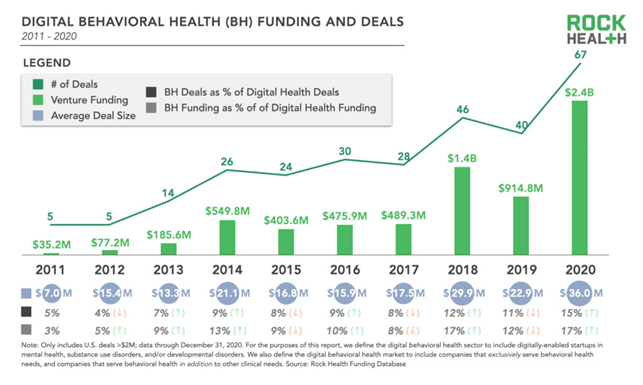
The increasing demand for support related to mental health disorders translates into more investments for companies and entities creating solutions in this field.
According to Rock Health data, between 2019 and 2020, deals increased from 40 to 67, with funding escalating from 914 million dollars to 2.4 billion.
6- The search for digital biomarkers in mental health is underway.
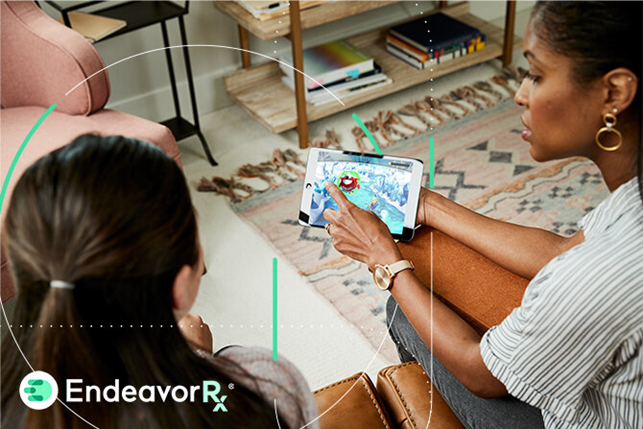
his marks the era of the popularity of Digital Therapeutics, and major players in the field, such as Pear Therapeutics, Click Therapeutics, and Akili Interactive, continue to release products for mental health conditions, including schizophrenia, ADHD, etc.
7-Dating apps go hand in hand with the mental health of their users
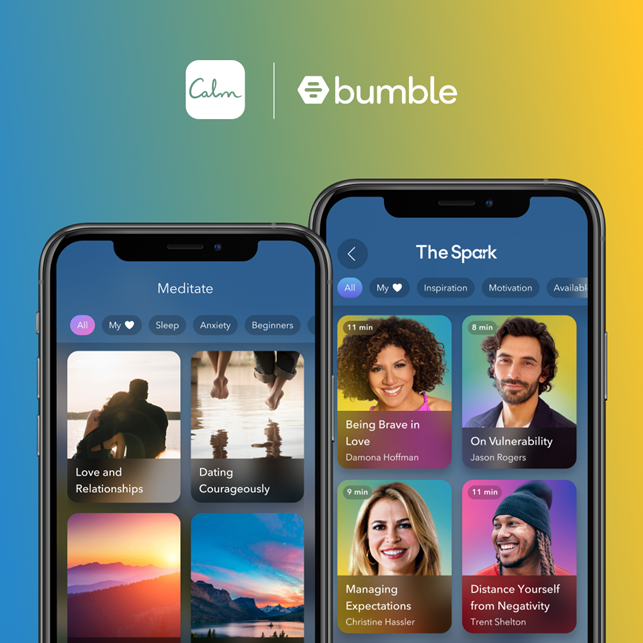
Bumble, one of the renowned dating apps, has partnered with Calm (a meditation and breathing app) to help people approach dating in this new normal with serenity
8- Mental health is not just for adults
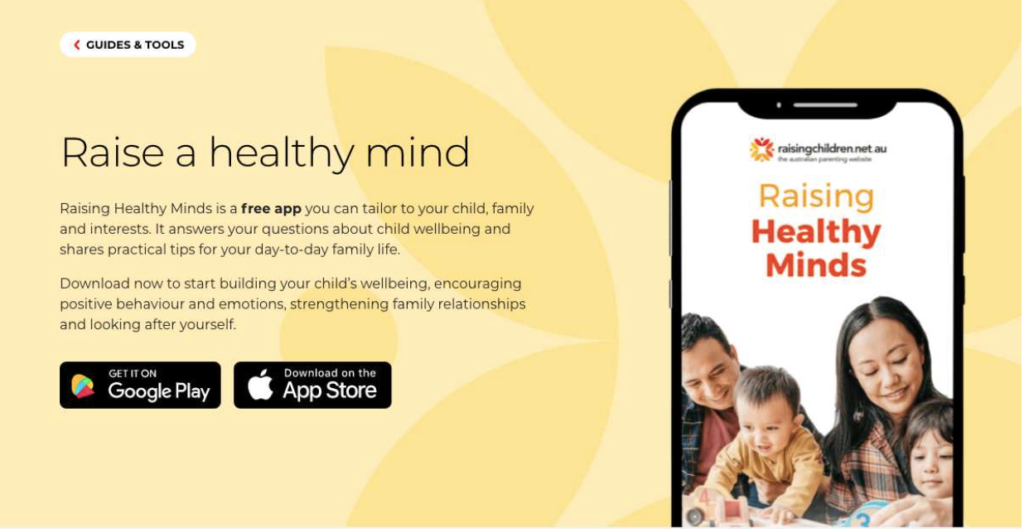
While it was once thought to be an issue primarily affecting adults, solutions are now emerging for children and adolescents.
We now see interesting solutions, such as the Raising Healthy Minds app developed by the Australian government to support parents on topics such as anxiety, relational difficulties, and stress.
Another example is the partnership between the company DotCome and Goodside Health (a telemedicine provider) to support the mental health of children and young people in schools.”
9- Pharma companies engaged in mental health are endorsing digital solutions
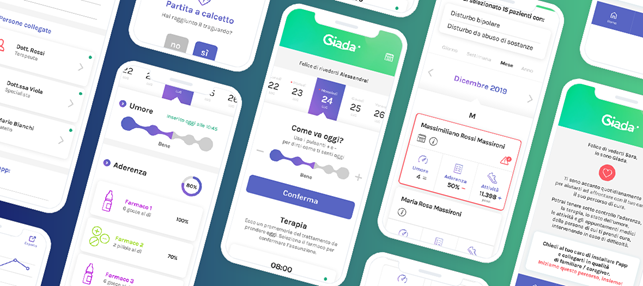
Consider the recent announcement from Boehringer Ingelheim, which, in collaboration with Click Therapeutics, aims to identify a digital biomarker for schizophrenia. Additionally, there’s the Giada app launched in Italy to support individuals undergoing treatment for depression and their caregivers. Another example, though possibly ahead of its time, involves Novartis and Pear Therapeutics working on schizophrenia, which didn’t succeed as anticipated.
10- Meditation goes mainstream!
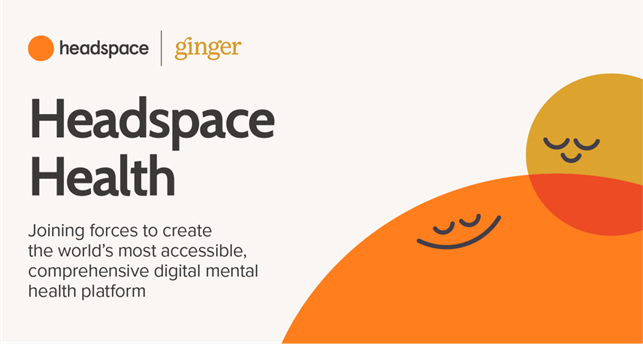
The widely popular meditation app Headspace (which, let’s not forget, also created a mini-series on Netflix focused on anti-anxiety and pro-relaxation!) is expanding from wellness to health through a merger with Ginger, thus creating Headspace Health.
In conclusion, it’s evident that there’s movement, and that’s a positive development. However, not everything that glitters is gold.
The approach of the new generations and technological devices/services make everything easier and more immediate, but it’s crucial to remember the importance and difference between raising awareness and educating (here’s an article on the topic) about Mental Health, related conditions, and professions, as opposed to the relentless pursuit of virality, hype, or simply entering a profitable market.
Good intentions must always be supported by conscientious initiatives and services when addressing such delicate issues.

